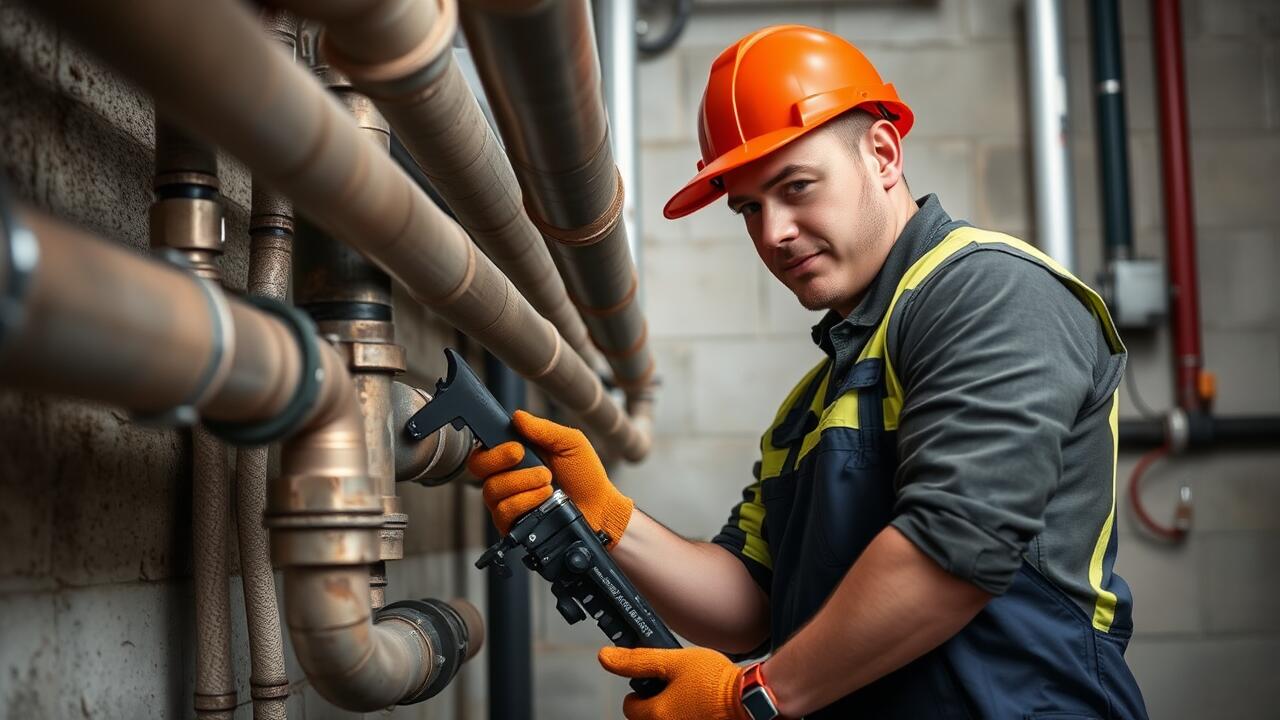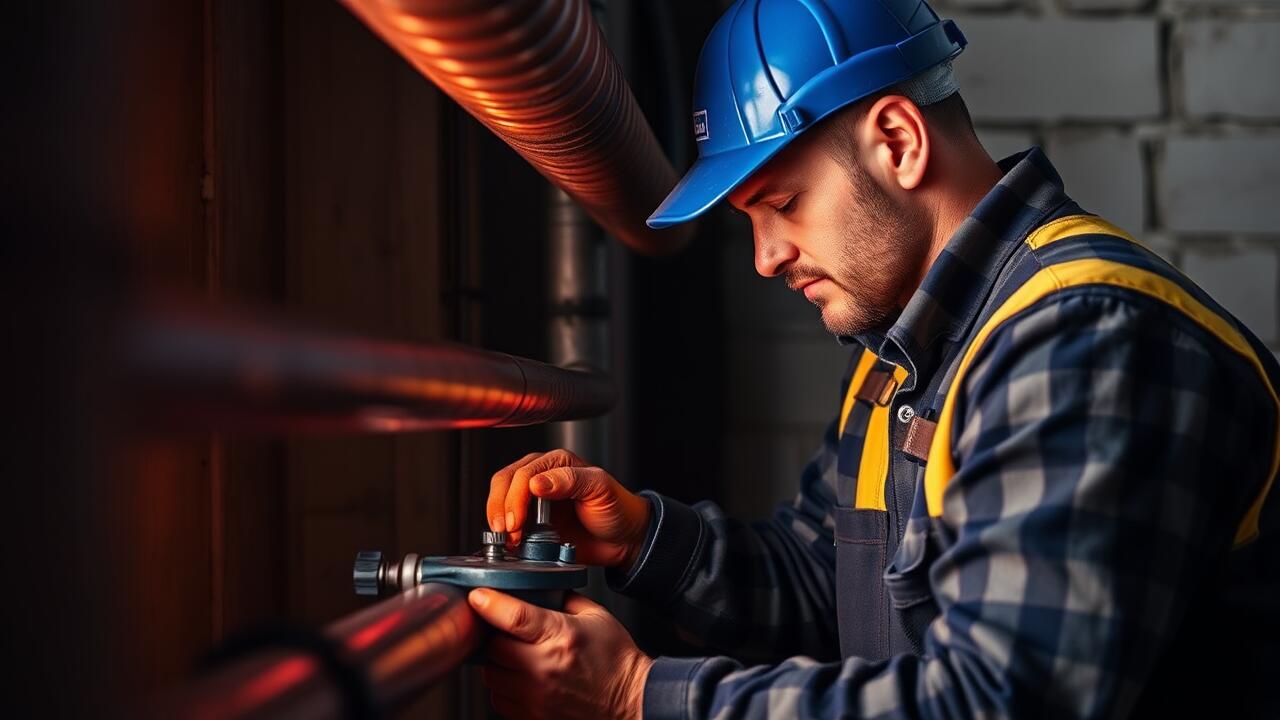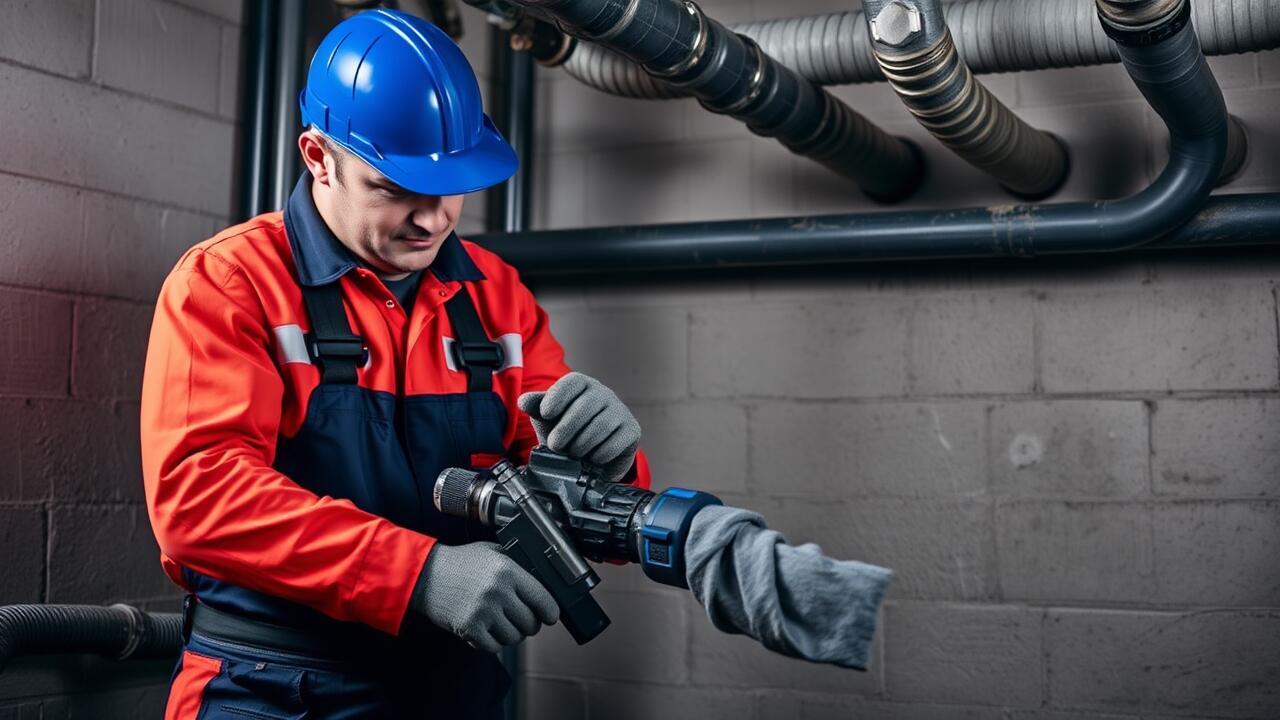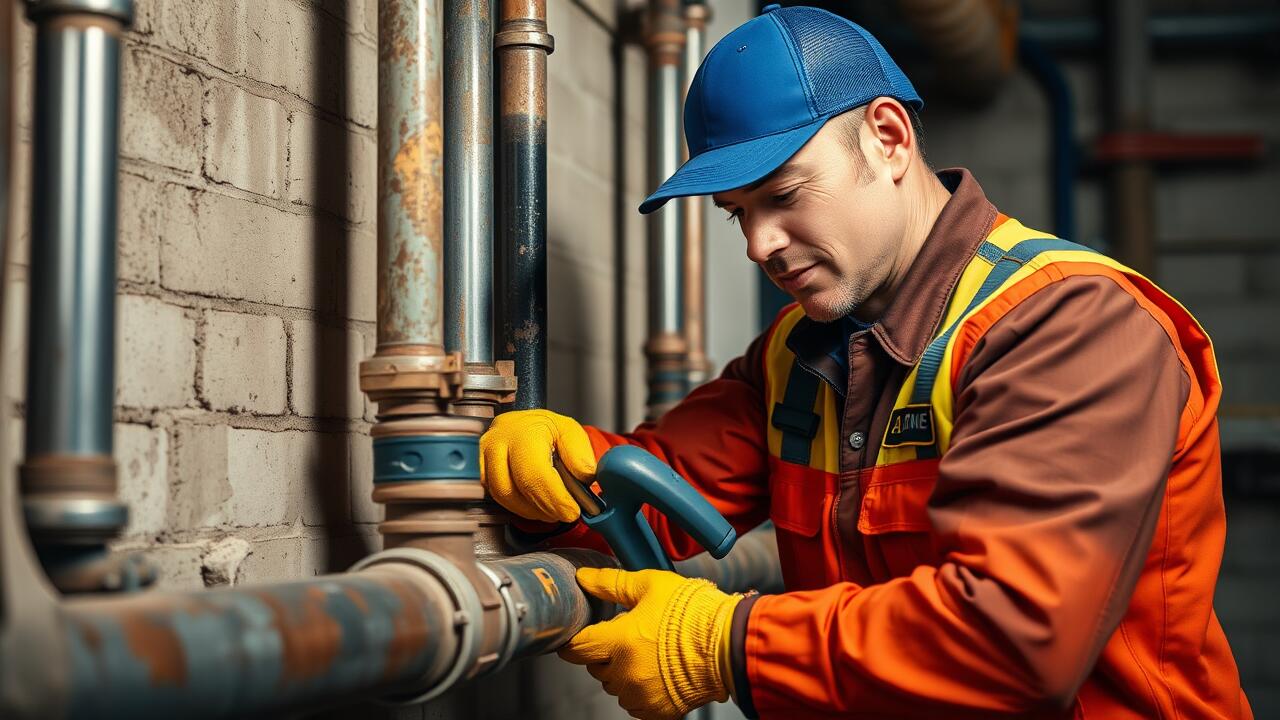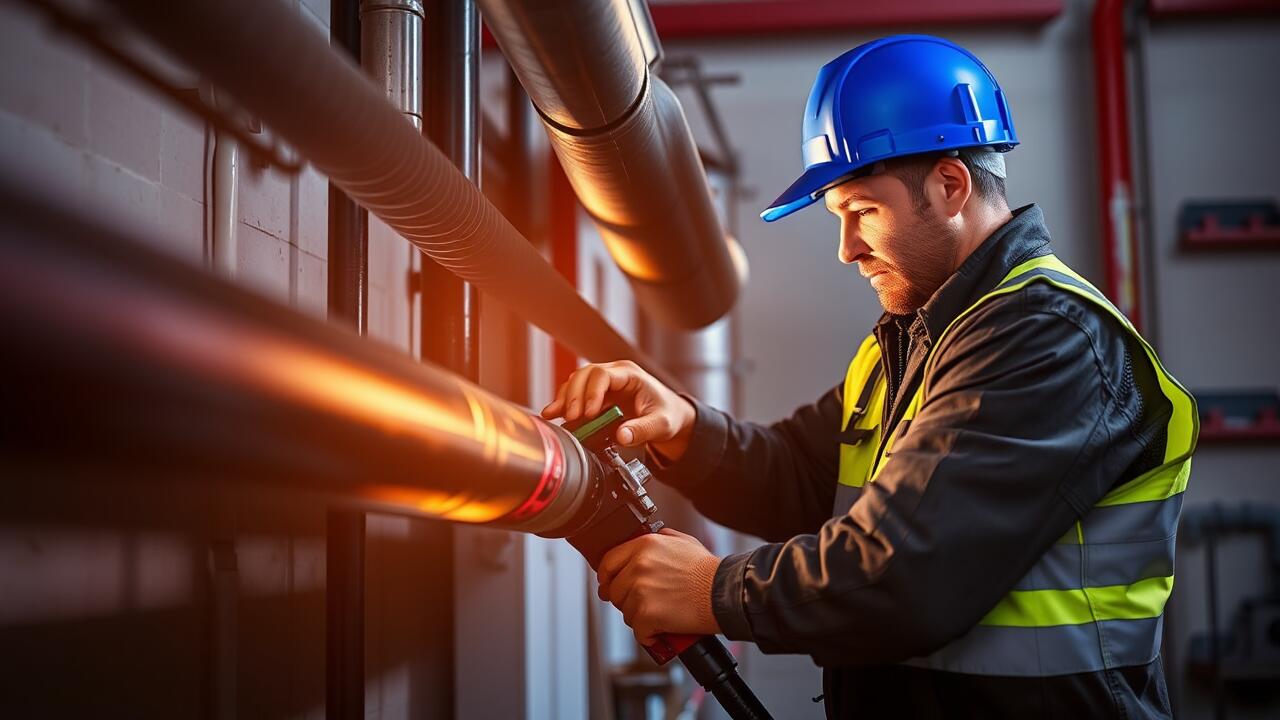
Improved Flow Characteristics
Cured-in-place piping (CIPP) technology significantly enhances flow characteristics within existing pipelines. By creating a smooth internal surface, CIPP reduces turbulence and resistance as fluids travel through. This advancement ensures that water and waste can move more efficiently, which is especially important in urban areas where infrastructure may be aging or damaged. Pipe repair in Los Angeles has greatly benefited from this method, allowing for quicker and more effective solutions to flow issues.
The improved flow characteristics also lead to a decrease in energy consumption required for pumping systems. When pipelines function optimally, the strain on pumps and other equipment is lessened, ultimately contributing to lower operational costs for utility providers. CIPP not only revitalizes old systems but also promotes sustainability by reducing energy waste, making it a favorable choice for municipalities seeking to improve their infrastructure.
Reduction of Friction Loss
Cured-in-place piping (CIPP) technology significantly reduces friction loss when compared to traditional repair methods. The smooth surface of the cured liners minimizes turbulence, allowing for a more efficient flow of fluids. This smoothness is crucial, especially in systems experiencing high flow rates, where friction can lead to pressure drops and reduced overall performance. Improved flow characteristics directly translate into increased system efficiency, reducing the energy costs associated with pumping.
Implementing CIPP for pipe repair in Highland Park, Los Angeles, can be a game changer for local infrastructure. It creates a restoration that not only addresses immediate issues but also enhances the long-term performance of the pipes. The reduced friction loss contributes to better resource management and can lead to lower operational costs for facility managers. As cities continue to seek innovative solutions to maintain aging infrastructure, embracing CIPP's benefits becomes increasingly essential.
Longevity of the Repair
Cured-in-place piping (CIPP) offers a highly durable solution for pipe repair in Los Angeles, significantly extending the life of existing infrastructure. The resin-infused liners form a strong bond with the host pipe, creating a new, seamless pipe within the old one. This method not only mitigates issues like leaks and corrosion but also reinforces the structural integrity of the entire system. As a result, property owners can expect fewer maintenance concerns and prolonged usability from their repaired pipes.
The expected lifespan of cured liners can range from 30 to 50 years, depending on factors such as the materials used and environmental conditions. This longevity makes CIPP an appealing option for municipalities and businesses alike in Los Angeles, as it reduces the frequency of repairs and associated costs. Additionally, the minimal disruption involved in the installation process contributes to its appeal, allowing for quick turnaround times without extensive excavation.
Expected Lifespan of Cured Liners
Cured-in-place liners are designed to offer impressive longevity compared to traditional pipe repair methods. Once installed, these liners can provide leak-free performance for several decades. They resist corrosion and degradation from the flow of liquids within the pipes, allowing them to maintain their structural integrity over time. This durability significantly reduces the need for frequent repairs or replacements, saving both time and money for property owners.
In places like Los Angeles, where infrastructure maintenance is critical, the expected lifespan of cured liners presents a compelling advantage. With minimal maintenance requirements and the capability to handle varying environmental conditions, these liners help ensure long-lasting solutions for aging pipe systems. Pipe repair in Los Angeles using this technology not only extends the life of the infrastructure but also enhances overall system efficiency.
Environmental Benefits
Cured-in-place piping (CIPP) offers significant environmental benefits that make it a compelling choice for municipalities and property owners alike. This method minimizes disruptions to the surrounding area, preserving vegetation and wildlife habitats while efficiently restoring pipe functionality. By opting for pipe repair in Los Angeles, contractors can complete projects with less excavation, reducing the carbon footprint associated with traditional repair methods.
Another advantage of CIPP is the reduction of waste generated during the repair process. Traditional piping repairs often require extensive removal and replacement of existing materials, which can result in significant landfill contributions. CIPP utilizes eco-friendly materials that not only extend the life of existing pipes but also mitigate environmental impact, aligning with sustainability goals for urban infrastructure management.
Reduced Waste and Eco-Friendly Materials
Cured-in-place piping (CIPP) offers a significant advantage in environmental sustainability due to its ability to minimize waste. Traditional pipe repair methods often involve extensive excavation and disposal of old materials, which contributes to landfill overflow and environmental degradation. In contrast, CIPP utilizes existing pipes to create a new structural lining, drastically reducing the amount of material that requires disposal during the repair process. This approach not only conserves resources but also limits the carbon footprint associated with transportation and landfill processes.
Additionally, the materials used in CIPP are designed with eco-friendliness in mind. Many liners are made from recycled content or have low volatile organic compound (VOC) emissions, making them safer for the environment. By prioritizing sustainable practices, companies specializing in pipe repair in Los Angeles can contribute to urban ecological initiatives while delivering effective solutions. The reduced reliance on traditional materials further emphasizes the environmental benefits of adopting CIPP technology in infrastructure maintenance.
FAQS
What is cured-in-place piping (CIPP)?
Cured-in-place piping (CIPP) is a trenchless rehabilitation method used to repair existing pipelines by inserting a liner soaked in resin into the damaged pipe. The resin is then cured, forming a new pipe within the old one.
What are the benefits of improved flow characteristics with CIPP?
The improved flow characteristics achieved through CIPP result from a smoother internal surface, which reduces turbulence and enhances the efficiency of fluid movement, ultimately allowing for better system performance.
How does CIPP reduce friction loss?
CIPP reduces friction loss by creating a smoother inner lining that minimizes resistance to flow. This leads to better hydraulic performance and can decrease the energy required to pump fluids through the system.
What is the expected lifespan of cured liners?
Cured liners typically have an expected lifespan of 50 years or more, depending on the material used and the environmental conditions. This longevity makes CIPP a cost-effective solution for pipeline repairs.
What are the environmental benefits of using CIPP?
The environmental benefits of CIPP include reduced waste compared to traditional excavation methods, as it minimizes the amount of material removed and replaced. Additionally, CIPP often uses eco-friendly materials, contributing to a more sustainable approach to pipeline repair.
